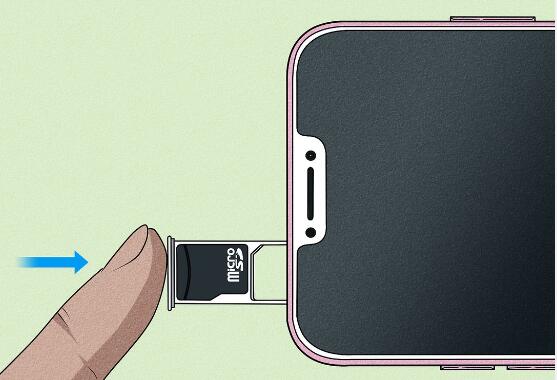To delve into why your Samsung device might not be reading your SD card, it’s essential to explore various potential causes and solutions. Here’s a structured overview to guide you through the process.
1. Issue
Common Symptoms: Your Samsung may display messages like “SD card not detected” or show no files when you access the card.
Importance of SD Card: SD cards are crucial for expanding storage, saving photos, apps, and other data.

2. Check Physical Connections
Ensure Proper Insertion: Remove the card and reinsert it, ensuring it’s properly seated in the slot.
Inspect the Card: Look for any visible damage or dirt on the contacts.
3. Testing the SD Card
Try on Another Device: Insert the SD card into another phone or a computer to see if it’s recognized.
Use a Card Reader: If you have access to a card reader, connect it to your computer to check if the card is functional.
4. Software and Settings Issues
Restart Your Device: Sometimes, a simple reboot can resolve temporary glitches.
Update Software: Check for any software updates for your Samsung device that might address compatibility issues.
Format the Card: If the card is recognized but not readable, backing up data and formatting it may help. Note that formatting erases all data.
5. Check for File System Issues
File System Compatibility: Ensure your SD card is formatted in a compatible file system (FAT32. exFAT) for your Samsung device.
Corrupted Data: Corruption can occur due to improper ejection or physical damage. Use recovery software if data retrieval is needed.
6. Inspect Device Settings
Storage Settings: Go to Settings > Storage to see if the SD card appears. If not, there might be a deeper issue.
Mount the SD Card: If the card shows up but is not mounted, tap on the option to mount it.
7. Advanced Troubleshooting
Factory Reset: As a last resort, consider a factory reset of your device. This will erase all data, so back up your information first.
Seek Professional Help: If all else fails, consult with a technician or the Samsung support team for further assistance.
8. Preventive Measures
Eject Properly: Always use the proper eject option before removing the card to prevent corruption.
Regular Backups: Regularly back up important data to avoid loss.
Understanding the reasons why your Samsung is not reading your SD card can help you troubleshoot effectively. Whether it’s a simple connection issue or a more complex software problem, addressing these areas should lead you to a solution.
About us and this blog
Panda Assistant is built on the latest data recovery algorithms, ensuring that no file is too damaged, too lost, or too corrupted to be recovered.
Request a free quote
We believe that data recovery shouldn’t be a daunting task. That’s why we’ve designed Panda Assistant to be as easy to use as it is powerful. With a few clicks, you can initiate a scan, preview recoverable files, and restore your data all within a matter of minutes.
Subscribe to our newsletter!
More from our blog
See all postsRecent Posts
- How to format mac external hard drive? 2025-01-23
- How to format a hard drive windows 11? 2025-01-23
- Restore data from formatted hard drive 2025-01-23










